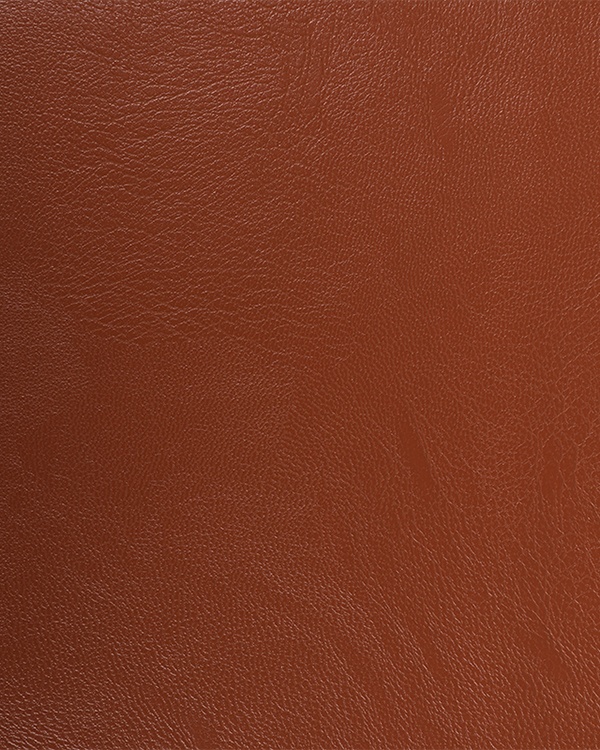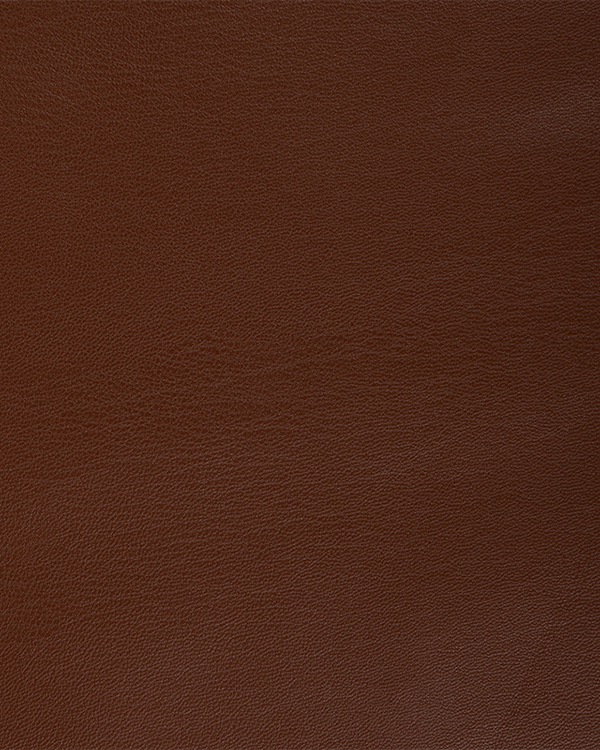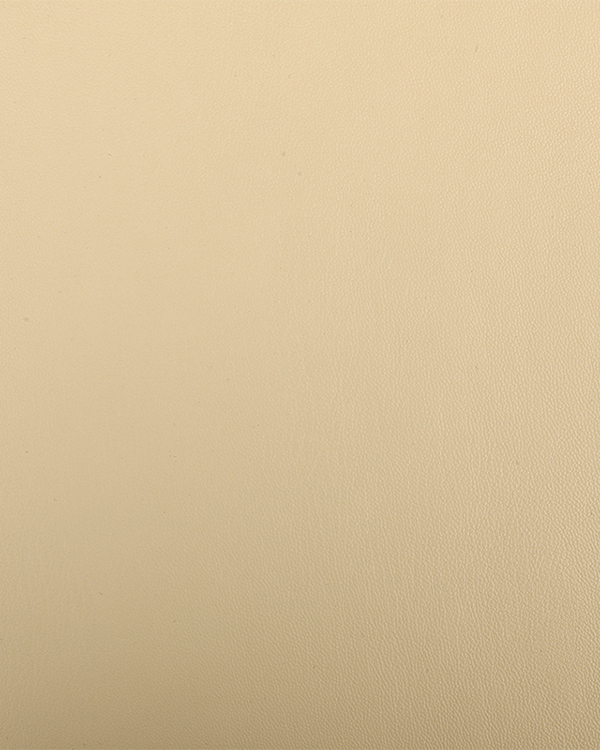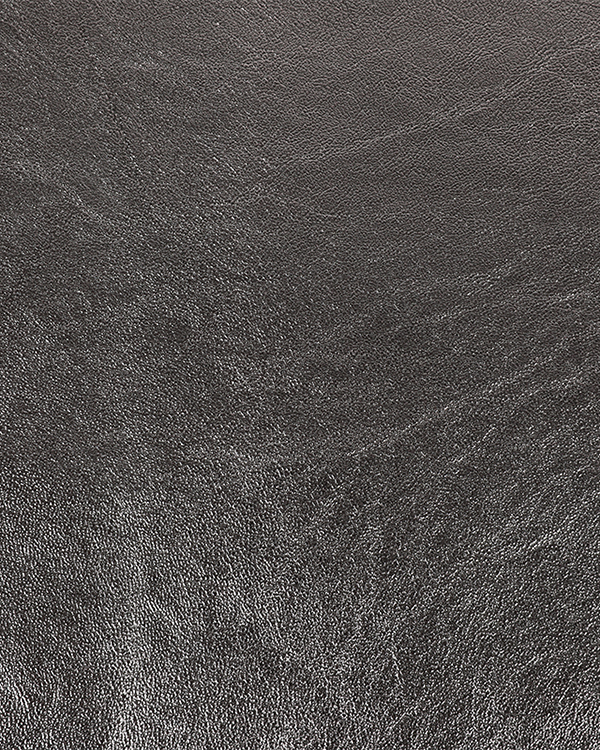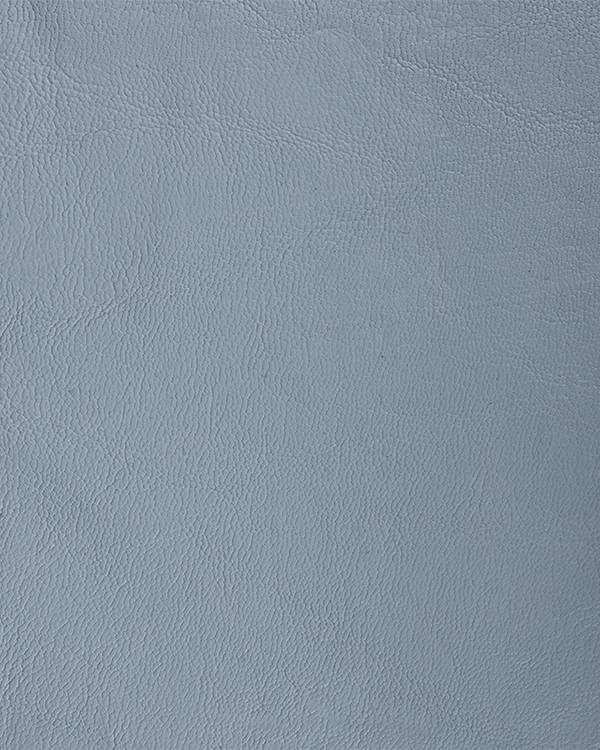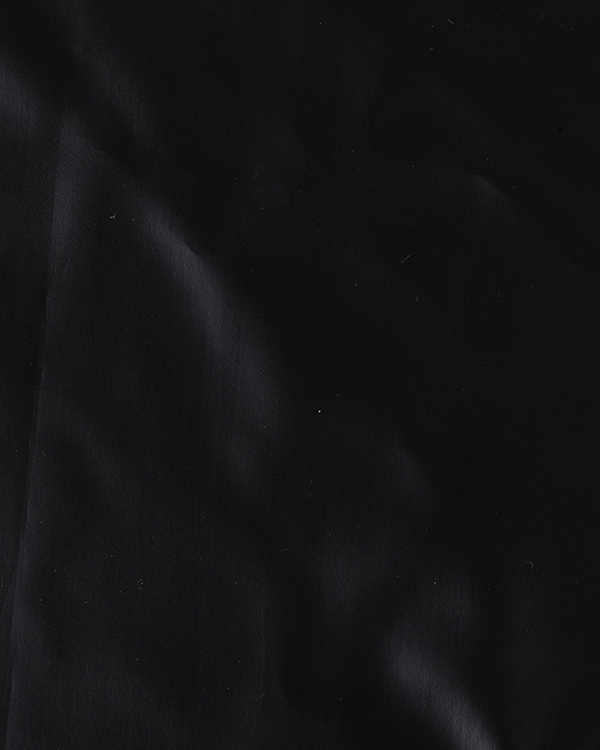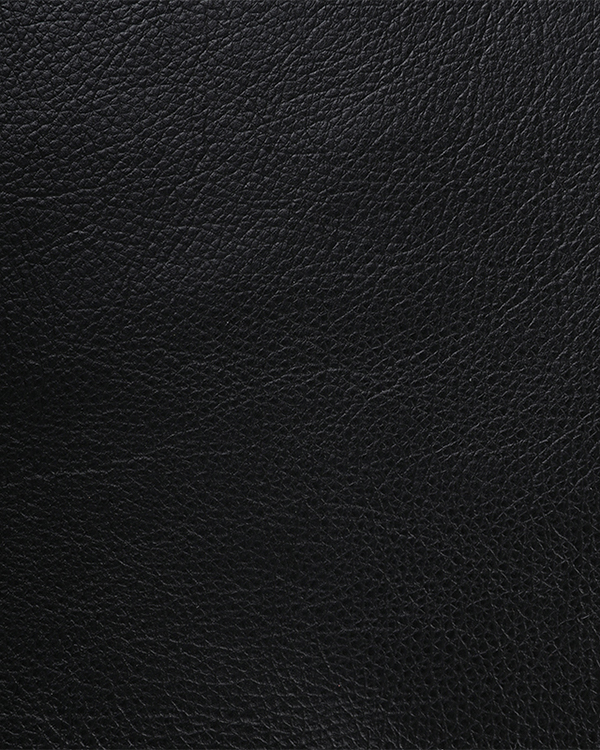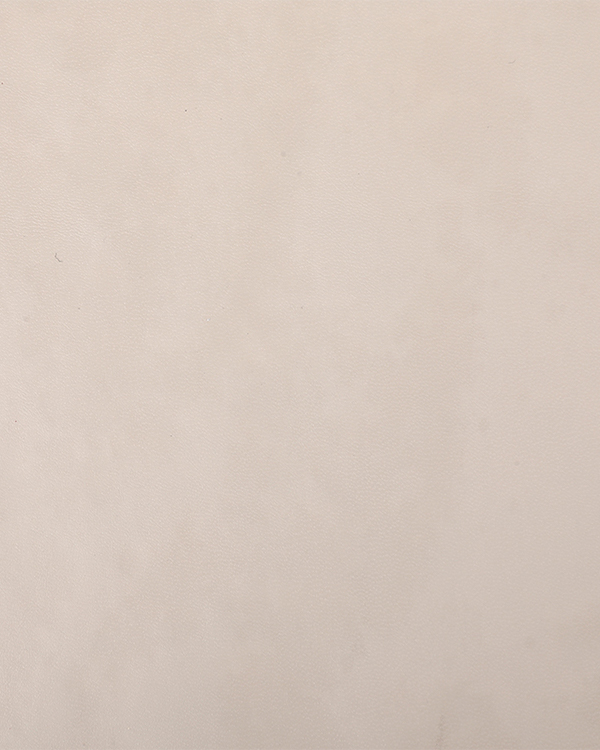Internal differences between synthetic leather and artificial leather
In daily inspection, artificial leather and synthetic leather materials are often encountered. However, there is no relevant identification method standard or accurate definition in China at present, so there is no accurate basis when issuing the report, and only experience or habits can be used to judge, resulting in confusion of marks. Therefore, it is necessary to determine a reasonable classification principle of synthetic leather and artificial leather before the introduction of relevant identification method standards.
1 Definitions and classifications in relevant domestic standards and literatures
1.1 Definition and classification in relevant domestic standards
At present, there are about a dozen standards related to synthetic leather and artificial leather in China. The definition and classification methods are mainly based on such aspects as base materials, coating materials and production processes. See Table 1 for details. Among these standards, only GB21902-2008 [1] clearly defines artificial leather and synthetic leather [1-12].
Synthetic leather: refers to a material that forms a polyurethane resin film or a leather like structure on the base cloth of woven cloth, non-woven fabric (non-woven fabric), leather and other materials by artificial synthesis, and looks like natural leather; Artificial leather: refers to a kind of material that forms a film layer of PVC or similar leather structure on the base cloth (including no base cloth) made of woven cloth, non-woven cloth (non-woven cloth) and other materials by artificial synthesis, and looks like natural leather
From the definition, it can be basically considered that the coating material of synthetic leather is polyurethane resin, and the coating material of artificial leather is PVC resin, but the "PVC synthetic leather" in the standard "3.3 Characteristic production process and device" is contrary to this conclusion. At the same time, in other relevant standards, the base materials, coating materials and production methods of artificial leather and synthetic leather intersect each other, and there is no clear classification principle. However, in the relevant light industry standards, polyurethane resin is used as the coating material for synthetic leather, while PVC or polyurethane resin is used as the coating material for artificial leather.
1.2 Definition and division in relevant domestic documents
In China, people are used to calling the artificial leather produced with polyvinyl chloride (PVC) resin PVC artificial leather (hereinafter referred to as artificial leather); The artificial leather produced with polyurethane (PU) resin and traditional fabrics is called PU artificial leather (PU leather for short); The synthetic leather produced with PU resin and nonwovens is called PU synthetic leather (synthetic leather for short). This is the classification of synthetic leather and artificial leather in some literatures [13-16]. The classification is mainly based on coating materials and substrate materials: synthetic leather is based on polyurethane resin as coating material and nonwoven fabric as substrate, while artificial leather is based on PVC or polyurethane resin and traditional fabric as substrate. However, this classification method is quite different from the definition or classification in relevant standards.
Another representative classification method in the literature is the Artificial Leather and Synthetic Leather Professional Committee of China Plastics Processing Industry Association. According to different raw materials, artificial leather and synthetic leather are divided into PVC artificial leather and PU synthetic leather. See Table 2 [17] for details. The classification method is basically the same as some definitions of artificial leather and synthetic leather in GB21902-2008. There is not much difference from the definition or classification of other relevant standards.

 English
English Español
Español


